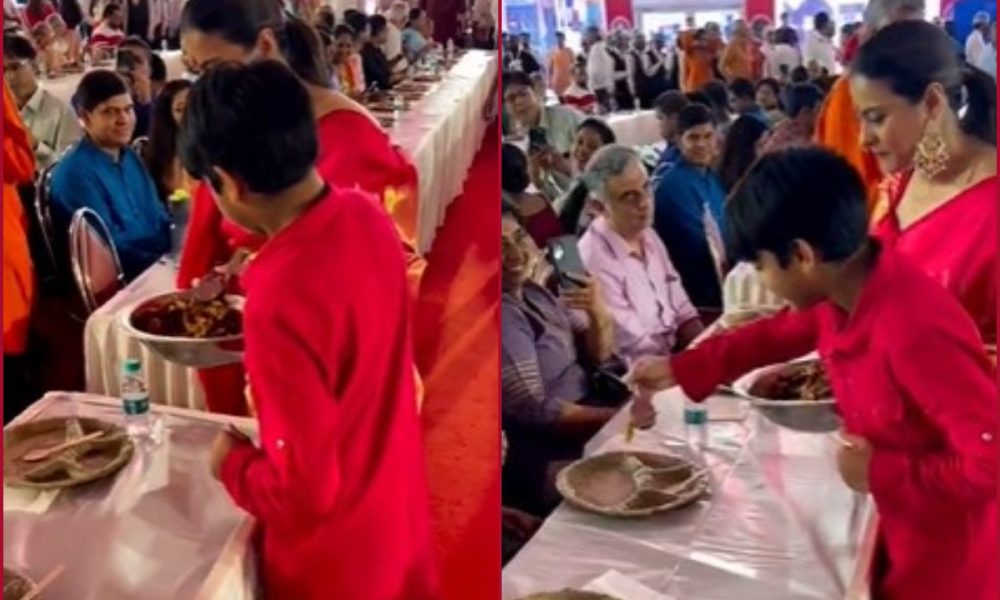Hindu culture boasts a rich tapestry of clothing traditions, woven intricately with the threads of history, religion, and climate. This cultural identity reflects not only aesthetic values but also practical considerations. Clothing plays a pivotal role in adapting to diverse weather conditions, facilitating comfort while honoring rituals and traditions. Here, we explore how the attire within Hindu culture is designed to complement various weather scenarios, enhancing the overall experience of its wearers.
One cannot discuss Hindu clothing without mentioning the sari, an emblematic garment that transcends mere fashion. Traditionally worn by women across India, the sari is a long piece of cloth, usually around six to nine yards, that is artfully draped around the body. This versatility allows for adaptation to weather conditions. In hot and humid climates, lighter fabrics such as cotton or linen are preferred. These materials are breathable, enabling air circulation which is essential when temperatures soar. The lightweight nature of these fabrics provides comfort while adhering to traditional styles, showcasing how utility aligns with cultural expression.
In contrast, during cooler months, heavier fabrics like silk, wool, or even blends are chosen. These materials not only provide warmth but also resonate with the visual aesthetic prevalent during festive seasons. The sari’s adaptability is a testament to its enduring appeal; it morphs alongside the changing seasons without compromising cultural dignities or traditions. During festivals like Diwali or Makar Sankranti, for example, women often embellish their saris with intricate designs that retain warmth while celebrating the occasion’s vibrant spirit.
Men, too, have a plethora of options that reflect both practical and cultural considerations. The kurta, a long tunic blouse, is often paired with lightweight churidars or loose-fitting pajama trousers, known as dhotis. In sweltering conditions, these garments, made from airy fabrics, provide a semblance of coolness and comfort while allowing freedom of movement. The dhoti, particularly, is celebrated for its versatility, making it an ideal choice for both daily wear and ceremonial occasions.
As the seasons transition, design elements within Hindu attire often reflect the landscape. For instance, during the monsoon, darker hues and more sturdy fabrics are favored. Such garments are typically crafted to resist the onslaught of rain and moisture. These practical choices do not detract from the ceremonial beauty associated with the attire; rather, artisans often incorporate motifs that symbolize good fortune, thus maintaining cultural significance.
The diversity within Hindu clothing significantly varies by region, showcasing how local climates inform choices in material and design. In the temperate north, the use of phiran, a traditional long garment, is common. This wear is generally made from wool and is designed to keep warm during chilly winters. Conversely, in tropical regions, garments like the lungi emerge as favorites due to their lightness and breathability. Each of these garments serves the dual purpose of functionality and adherence to cultural norms, illustrating a deep-seated relationship between weather and clothing.
One significant aspect that often gets overlooked is the influence of color symbolism in Hindu clothing, particularly in religious contexts. Bright, vivid colors are not merely decorative but serve a purpose according to the season and occasion. For instance, in spring, pastel shades symbolize renewal and are often worn during festivals. In contrast, darker hues may be favored during somber occasions. This seasonality of color not only enhances the visual vibrancy of Hindu attire but also aligns with climate, further showcasing how clothing acts as an expression of cultural identity intertwined with environmental considerations.
Another clothing piece worth noting is the lehenga, another staple in Indian women’s wardrobe, particularly during weddings and festive occasions. Embellished with intricate embroidery and often paired with dupattas (long stoles), lehengas are designed not only for decoration but also with consideration of the occasion’s weather. Lighter fabrics are often selected for summer weddings, while layers may be added during winter celebrations. The lehenga, much like the sari, becomes a canvas on which the interplay of traditional aesthetics and modern comfort can be vividly expressed.
In addition to traditional garments, contemporary adaptations continue to emerge within Hindu fashion. Designers are now experimenting with innovative materials that combine traditional draping techniques with modern frameworks. This evolution often includes climate-friendly fabrics, catering to an increasing awareness of sustainability. By marrying traditional methods with contemporary innovations, these designers not only promote the age-old traditions but also respond to modern-day environmental needs.
Moreover, the influence of regional craftsmanship is evident in the textiles used in Hindu attire. Fabrics such as Banarasi silk, Kanjivaram silk, and Chanderi cotton, each originating from different places in India, evoke a sense of place pride while addressing local climatic needs. These unique textiles capture the essence of the regions they hail from and adapt to the local weather, merging functionality with cultural heritage.
Ultimately, Hindu clothing is an integral aspect of its culture, weaving comfort, tradition, and climate into a cohesive narrative. The consideration given to weather is indicative of a broader cultural practice, where symbolism and functionality coexist harmoniously. As one dons these garments—whether a sari, kurta, or lehenga—the significant role of weather in shaping fashion cannot be understated. In every stitch and drape lies a story, one that honors the connective thread between tradition and the environment, affirming that clothing is not just about appearance but is, in fact, a reflection of a living culture.

